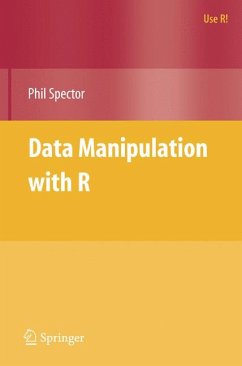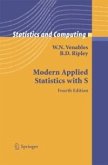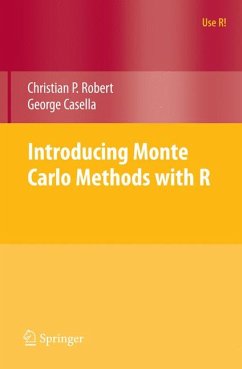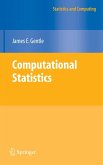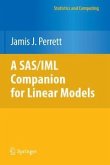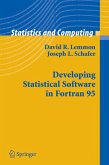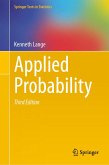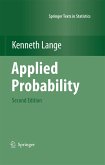In addition to the built-in functions, a number of readily available packages from CRAN (the Comprehensive R Archive Network) are also covered. All of the methods presented take advantage of the core features of R: vectorization, efficient use of subscripting, and the proper use of the varied functions in R that are provided for common data management tasks.
Most experienced R users discover that, especially when working with large data sets, it may be helpful to use other programs, notably databases, in conjunction with R. Accordingly, the use of databases in R is covered in detail, along with methods for extracting data from spreadsheets and datasets created by other programs. Character manipulation, while sometimes overlooked within R, is also covered in detail, allowing problems that are traditionally solved by scripting languages to be carried out entirely within R. For users with experience in other languages, guidelines for the effective use of programming constructs like loops are provided. Since many statistical modeling and graphics functions need their data presented in a data frame, techniques for converting the output of commonly used functions to data frames are provided throughout the book.
Using a variety of examples based on data sets included with R, along with easily simulated data sets, the book is recommended to anyone using R who wishes to advance from simple examples to practical real-life data manipulation solutions.
Phil Spector is Applications Manager of the Statistical Computing Facility and Adjunct Professor in the Department of Statistics at University of California, Berkeley.
Dieser Download kann aus rechtlichen Gründen nur mit Rechnungsadresse in A, B, BG, CY, CZ, D, DK, EW, E, FIN, F, GR, HR, H, IRL, I, LT, L, LR, M, NL, PL, P, R, S, SLO, SK ausgeliefert werden.
"This comprehensive, compact and concise book provides all R users with a reference and guide to the mundane but terribly important topic of data manipulation in R. ... This is a book that should be read and kept close at hand by everyone who uses R regularly."(Douglas M. Bates, International Statistical Reviews, Vol. 76 (2), 2008)
"Presents a wide array of methods applicable for reading statistical data into the R program and efficiently manipulating that data." (Journal of Economic Literature, Vol. 46, no. 3, September 2008)
"R is a programming language particularly suitable for statistical computing and data analysis. ... Using a variety of examples based on data sets included with R, along with easily stimulated data sets, the book is recommended to anyone using R who wishes to advance from simple examples to practical real-life data manipulation solutions." (Christina Diakaki, Zentralblatt MATH, Vol. 1154, 2009)
"The book contains much good information regarding the unique way in which R manipulates data objects. lt provides a complement to the many books illustrating statistical applications of R. It is clear that the author is very familiar with R. and the explanations and illustrations are generally helpful. Personally, I found the chapters on reading and writing data and on data aggregation most helpful, because these topics are essential in exploring data." (Jim Albert, The American Statistician, May 2009, Vol. 63, no. 2)
"Readers of this book will receive a focused treatment of data manipulation ... . This book has lots of examples which are helpful. ... provides more depth to understand the data structure/objects within R and how to better take advantage of this structure. ... I found this book very helpful to my understanding of the structure and will be using it as a reference tool in my work." (Roger M. Sauter, Technometrics, Vol. 52 (3), August,2010)

